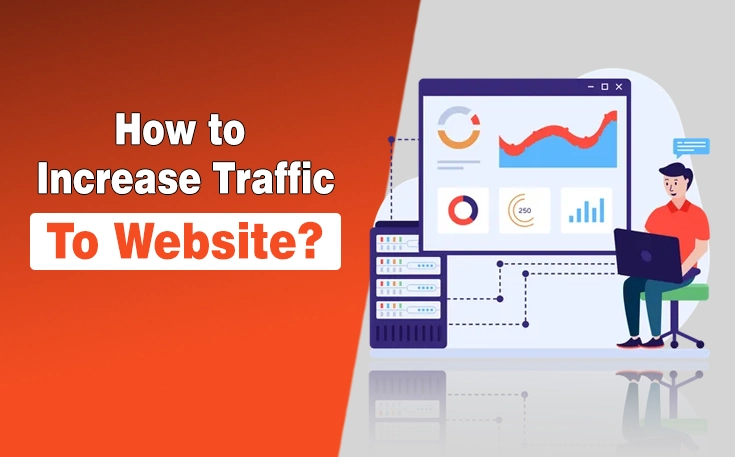Businesses receive feedback from customers through various channels, including surveys, online reviews, and documentation from support teams regarding calls and chats. However, many businesses leave this feedback unattended after reading it. Some make changes based on feedback, but they often fail to track the effectiveness of those changes.
In this blog, I’ll look into how a customer insights solution supports business feedback improvement by turning scattered input into actions that boost satisfaction and strengthen financial results.
Why Feedback Becomes a Strategic Asset
Reviews and feedback often shows patterns before numbers in a financial report change.
More complaints about late deliveries may point to problems in the shipping process. That delay can slow down invoicing, which then slows down payments.
Positive comments about a new product may indicate increasing demand, even before sales data confirms it.
When feedback is linked to real numbers, the impact becomes easier to see.
For example, an online store that receives repeated comments about confusing checkout steps might also notice a 15% increase in abandoned carts that month.
That’s why, using a reliable customer insights solution makes sense to stay on top of customer feedback and reviews.

Collecting Actionable Feedback (Not Just Opinions)
Some feedback can be positive but lacks guidance. Comments like “great service” or “happy customer” provide no direction for improvement.
Actionable feedback contains context. It explains who gave it, what they purchased, and when the event happened. Adding operational data to each comment turns it into something measurable.
This business feedback improvement process can include:
- Tagging feedback with order size, payment terms, or product line
- Linking comments to specific service dates or delivery cycles
- Grouping responses by customer segment or account value
With structured details in place, feedback becomes more than a general comment. A retailer, for example, might tag order feedback with customer type and order size. This reveals that bulk-order customers ask about stock availability more often than others.
Turning Insights into Actionable Metrics
Feedback in its raw form tells a story. Numbers tell the impact.
Consider a customer statement such as “The invoice format confuses me.” Quantified, it might reveal the percentage of invoices that trigger customer questions, the average delay linked to those invoices, and the total revenue affected by those delays.
Once measured, the potential gain from fixing the issue can be forecast. If reducing payment delays by 20 percent means an extra $12,000 each month, the decision to redesign invoices becomes easier. Without this step, feedback competes for attention without evidence of financial benefit.
Implementing Changes Based on Feedback
Acting on every suggestion spreads resources too thin. Some issues affect satisfaction without improving financial outcomes. Filtering ideas keeps the focus on business improvements that deliver value.
A practical process involves three steps. First, create a simple statement of the change and the expected improvement. Second, forecast the potential financial result using operational data. Third, test the change on a small scale before rolling it out.
Suppose customers report inconsistent delivery times. A business can adjust scheduling for one region and track delivery performance, satisfaction, and payment speed. If the results match or exceed the forecast, the change can expand.
This method keeps the risk of wasted effort low while proving the value of each improvement.
Measuring the Impact of Changes
Taking action without measurement leaves a business guessing. Both operational and financial outcomes need tracking to confirm success.
Operational tracking can focus on delivery accuracy, complaint volume, or response time. Financial tracking might follow days’ sales outstanding (DSO), renewal rates, or cash flow changes.
Comparing these sets of metrics shows whether operational improvements also strengthen financial performance. A shorter delivery window may bring faster payments within weeks. A better onboarding process may raise renewal rates over several months. Both timelines matter when proving a change works.
Without measurement, improvements can look successful on the surface while failing to create real business value.
Conclusion
Turning feedback into measurable business improvements means collecting the right details, converting them into numbers, prioritizing high-impact changes, and confirming results through tracking.
When feedback connects to financial data, decision-making gains accuracy. A business can see which changes increase revenue, speed up payments, or strengthen loyalty in ways that also improve cash flow.
This approach moves beyond chasing satisfaction scores without proof of value. Businesses that apply it secure two wins at once: happier customers and stronger financial health.
Ready to start using feedback as a growth engine? Try Cash Flow Frog and see how easily you can connect insights to revenue, payment trends, and cash flow forecasts.
How has feedback shaped a decision that paid off for your business? Share your story in the comments.
Need custom app with amazing features?
Get a Quote




